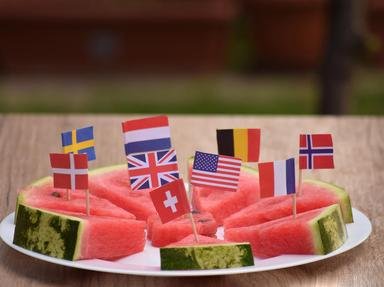
Trees Represent Countries Trivia Quiz
Let's face it. The earth just wouldn't be the same without "the lungs of the world". Match the country with its national tree symbol- mostly official, some unofficial.
A matching quiz
by Nealzineatser.
Estimated time: 3 mins.